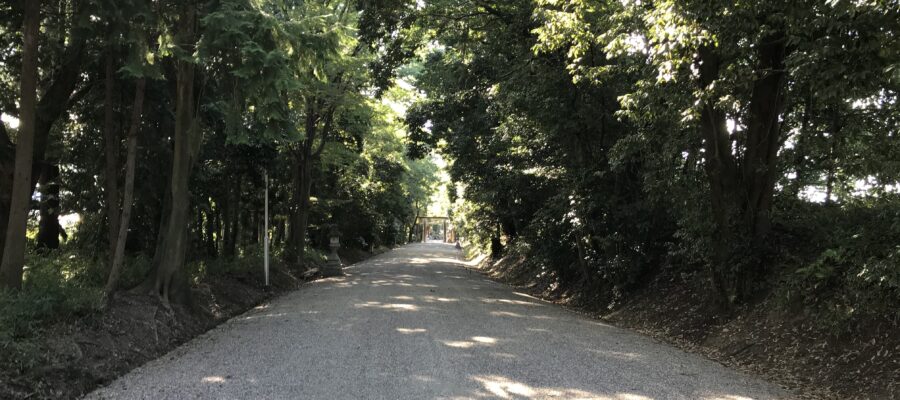一直線の長い参道
山辺の道に並行する道を車で、大神神社から石上神宮に向かう途中、標識に大和神社と出てきました。どこかで聞いたことがある名前だと感じて、ちょっと寄ってみることに。後で気づきましたが、神仏霊場会の公式ガイドブックで石上神宮と大神神社の間のページに大和神社について掲載されています。
一の鳥居そばの駐車場で車を止めて参道をありき始めましたが、かなり長い一直線の道です。300メートルはあるそうです。写真でもわかるように、道の両側を木々で囲まれています。43ヘクタールある広大な神域の森の中に社殿が鎮座しています。
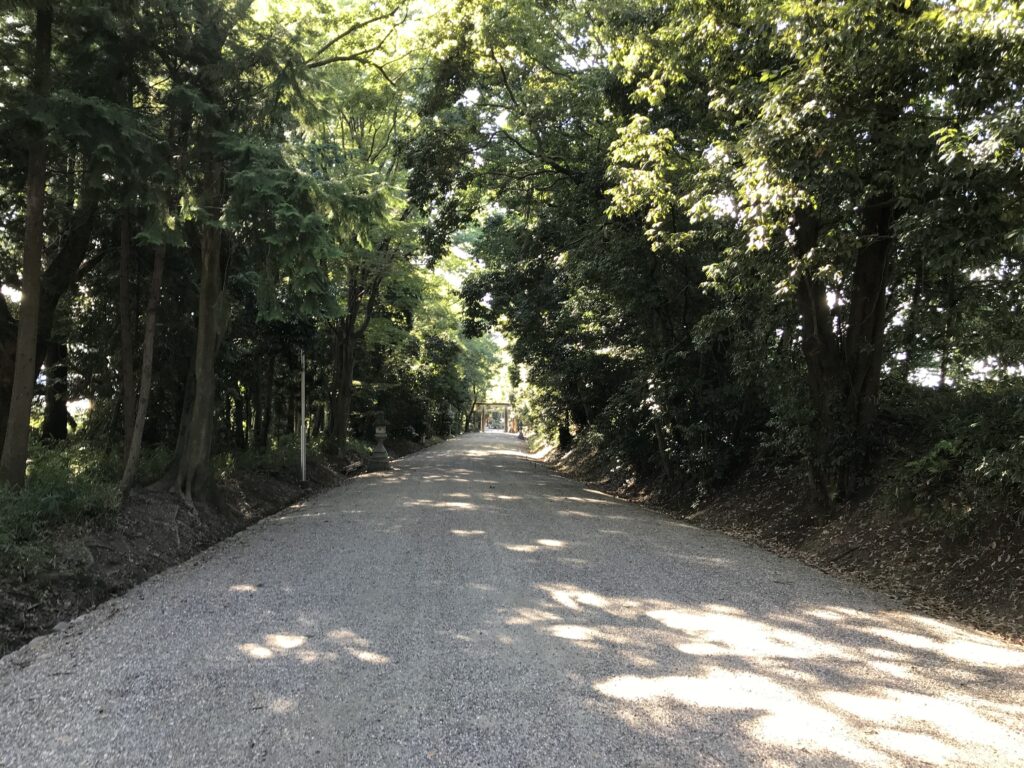
主祭神は大国魂大神
主祭神の大国魂大神(おおくにたまのおおかみ)は、かつて天照大神とともに宮中に祀られる格式の高い神社でしたが、崇神天皇が、二神が同じく祀られているのは畏れ多いとして天照大神を笠縫邑(かさぬいむら)に、大国魂大神を穴磯邑(あなしのむら)に祀らせ、その後幾度かの遷座を経て、現在の地に鎮座したそうです。
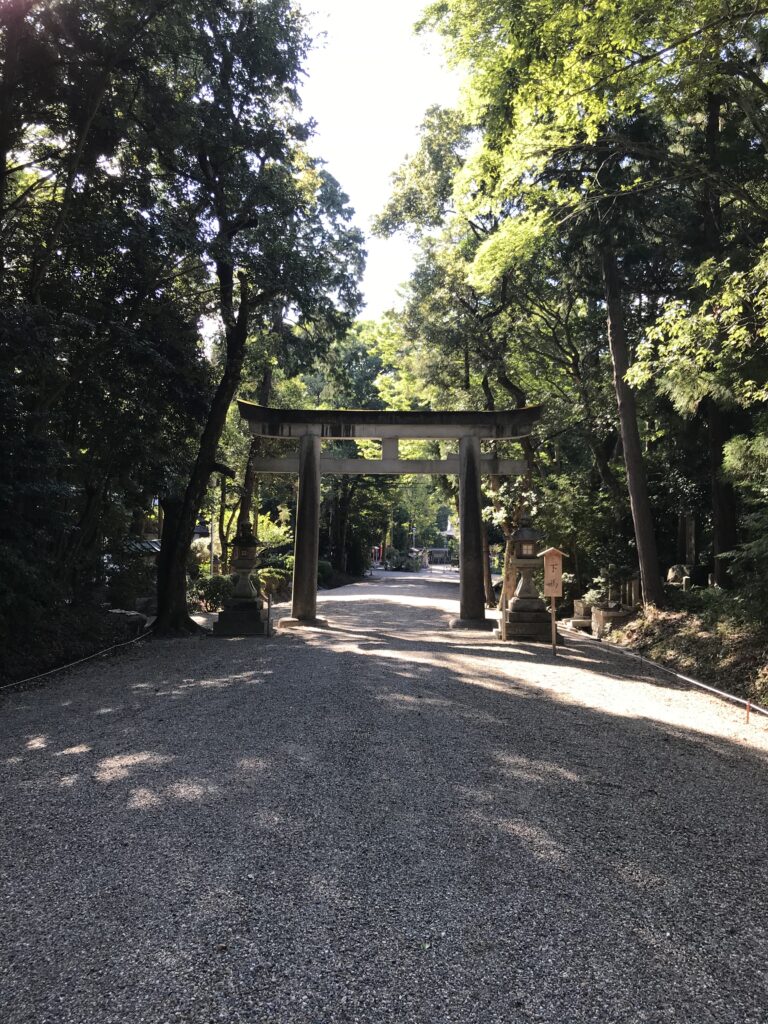
拝殿でお参りしましたところ、中で勉強会のようなことをされている方々が何名かいらっしゃいました。そういう訳で、写真の撮影は控えました。
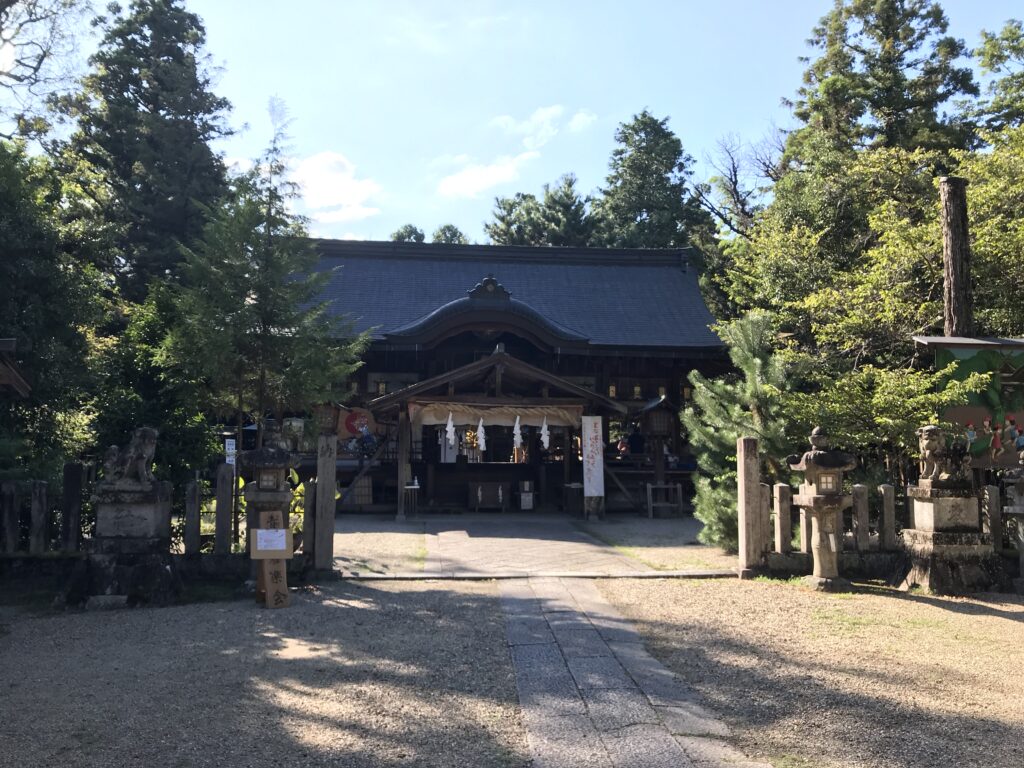
戦艦「大和」に祀られていた神社
神社よりいただいた資料によると、この大和神社は意外な場所にも分祀されていました。それは第二次世界大戦中に史上最強といわれた戦艦「大和」の艦内です。日本海軍の軍艦の内部には、神社が祀られていて、艦名にちなんだ神社から分祀することが多かったそうです。境内には「戦艦大和ゆかりの神社」の石碑も建立されています。(完)
大和神社の御朱印
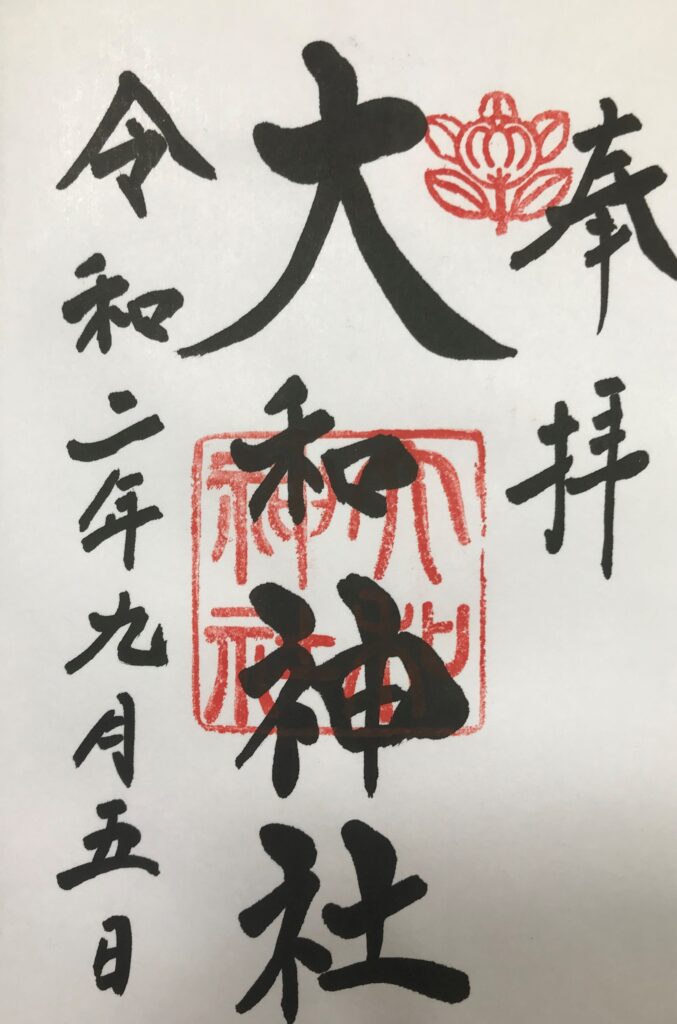
大和神社が紹介されている書籍
神仏霊場会の公式ガイドブックに大和神社が紹介されています。
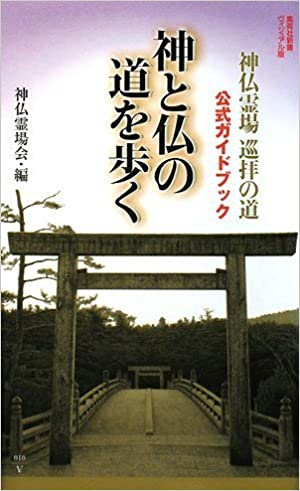
神と仏の道を歩く 神仏霊場巡拝の道公式ガイドブック (集英社新書ヴィジュアル版) [ 神仏霊場会 ]
価格:1,466円
(2021/5/6 09:24時点)
感想(5件)
Yamato Shrine
Driving along the road parallel to the Yamanobe Road, on the way from Omiwa Shrine to Isonokami Shrine, I saw a sign that said Yamato Shrine. Feeling that I had heard the name somewhere before, I decided to drop in for a visit. I later noticed that Yamato Shrine is mentioned in the official guidebook of the Shinbutsu Sacred Sites Association on the page between Isonokami Jingu Shrine and Omiwa Shrine.
I parked my car at the parking lot near the Ichino-torii (first torii) and started walking along the approach to the shrine. As you can see from the photo, the path is surrounded by trees on both sides, and the shrine is located in a vast 43-hectare forest.
The main deity, Okunitama-no-okami, used to be enshrined together with Amaterasu-omikami at the palace, but Emperor Sujin had Amaterasu-omikami enshrined at Kasanui-village and Okunitama-no-okami at Anamushi-village, as it was too revered to have two deities enshrined at the same shrine. After several relocations, the shrine was settled in its present location.
When I visited the shrine, there were some people who were having a study session inside. For this reason, I refrained from taking pictures.
According to the information we received from the shrine, this Yamato Shrine was also enshrined in an unexpected location. It is inside the battleship Yamato, which was the most powerful battleship in history during World War II. Shrines were enshrined inside the warships of the Imperial Japanese Navy, and it is said that the shrine was often divided from the shrine named after the ship. A stone monument “Shrine Related to the Battleship Yamato” has been erected in the precincts of the shrine. (End)

奈良の古社寺 知っておけば3倍たのしい (淡交ムック) [ 淡交社編集局 ]
価格:1,320円
(2023/1/8 00:38時点)
感想(0件)
Le sanctuaire de Yamato
En conduisant sur la route parallèle à la route de Yamanobe, sur le chemin du sanctuaire Omiwa au sanctuaire Isonokami, j’ai vu un panneau indiquant le sanctuaire Yamato. Ayant l’impression d’avoir déjà entendu ce nom quelque part, j’ai décidé d’y faire un tour. J’ai remarqué par la suite que le sanctuaire Yamato était mentionné dans le guide officiel de l’Association des sites sacrés de Shinbutsu, à la page située entre le sanctuaire Isonokami Jingu et le sanctuaire Omiwa.
J’ai garé ma voiture sur le parking près du Ichino-torii (premier torii) et j’ai commencé à marcher le long de l’approche du sanctuaire. Comme vous pouvez le voir sur la photo, le chemin est entouré d’arbres des deux côtés, et le sanctuaire est situé dans une vaste forêt de 43 hectares.
La divinité principale, Okunitama-no-okami, était autrefois consacrée avec Amaterasu-omikami au palais, mais l’empereur Sujin a fait consacrer Amaterasu-omikami au village de Kasanui et Okunitama-no-okami au village d’Anamushi, car il était trop vénéré d’avoir deux divinités consacrées dans le même sanctuaire. Après plusieurs déménagements, le sanctuaire a été installé à son emplacement actuel.
Lorsque j’ai visité le sanctuaire, il y avait des personnes qui avaient une session d’étude à l’intérieur. Pour cette raison, je me suis abstenu de prendre des photos.
D’après les informations que nous avons reçues du sanctuaire, ce sanctuaire de Yamato était également enchâssé dans un endroit inattendu. Il se trouve à l’intérieur du cuirassé Yamato, qui était le plus puissant cuirassé de l’histoire pendant la Seconde Guerre mondiale. Des sanctuaires étaient enchâssés à l’intérieur des navires de guerre de la marine impériale japonaise, et on dit que le sanctuaire était souvent séparé du sanctuaire portant le nom du navire. Un monument en pierre “Sanctuaire lié au cuirassé Yamato” a été érigé dans l’enceinte du sanctuaire. (Fin)
